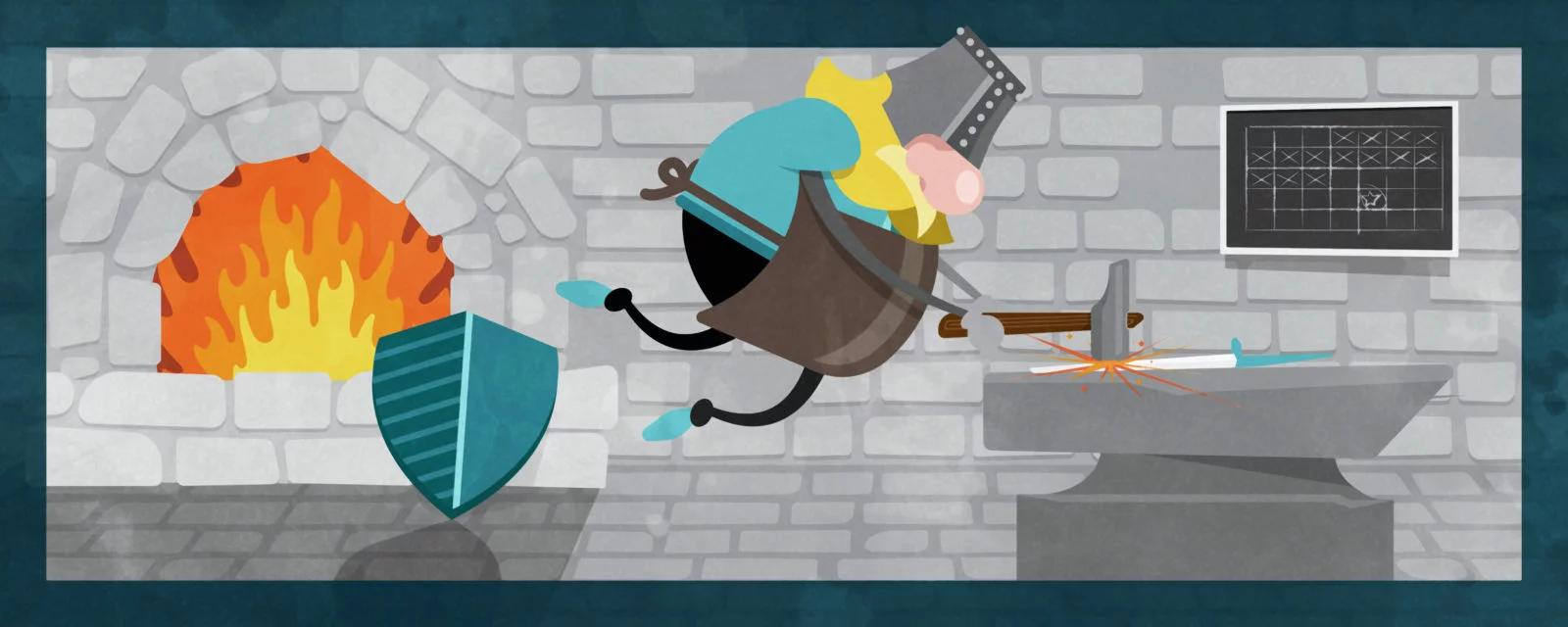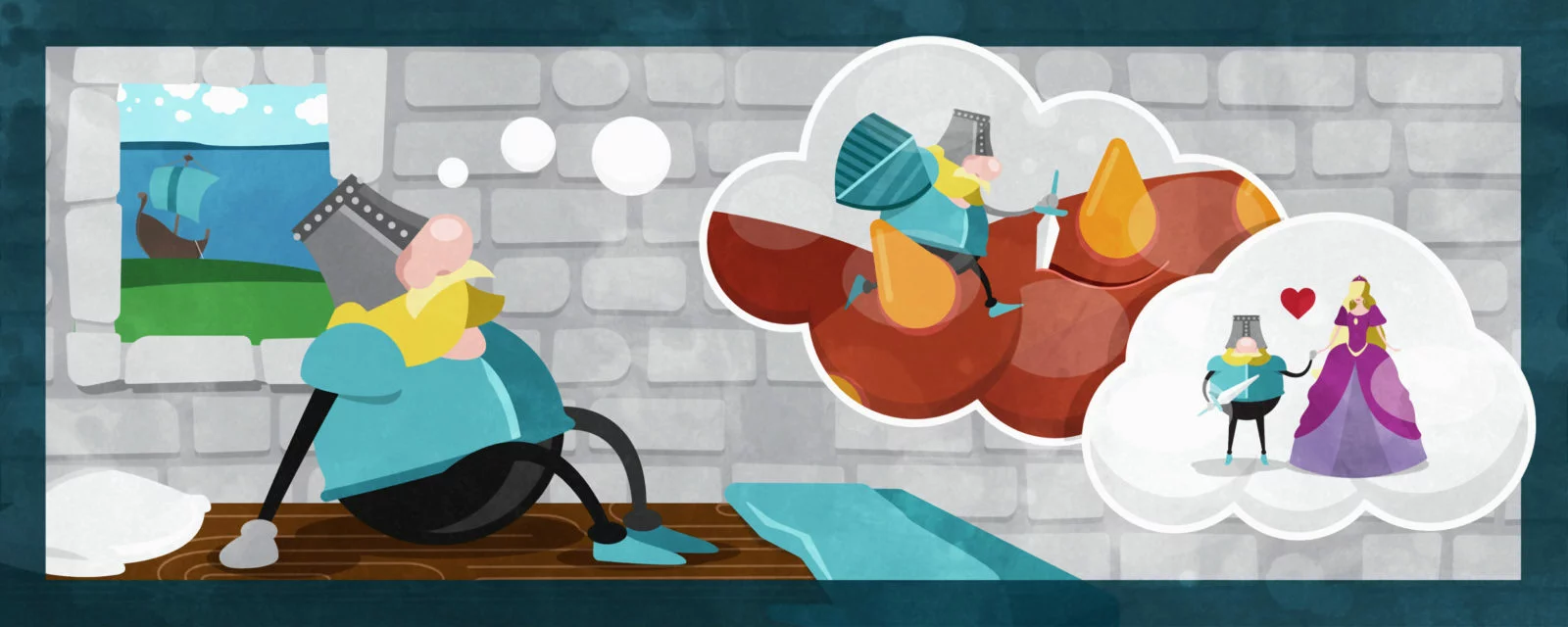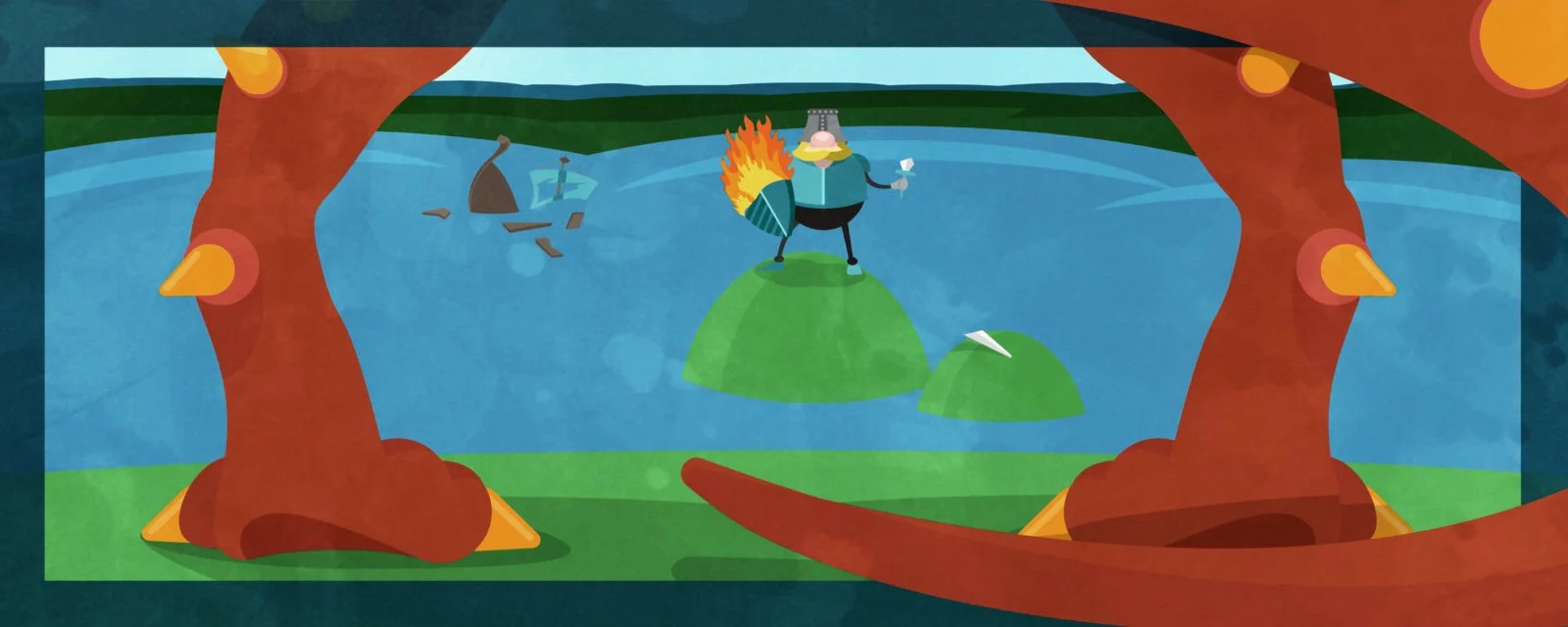Overcome Presentation Anxiety Easily with These Steps


You know the feeling: You’re about to give a big presentation (maybe it’s not even that big), and your nerves set in. You feel pressure in your chest. Your breathing gets shallow. Your blood pressure increases. And suddenly it seems inevitable that you’re going to mess this up — and everyone will see.
There’s an evolutionary reason why you feel this way. It used to be that the increased adrenaline and cortisol pumping through your system in times of stress helped us flee or fight in the face of predators. In business, the threats to our well-being are largely psychological instead of physical — yet, our bodies fail to differentiate significantly between the two.
While there is some difference in how the brain processes physical and social pain, our neurological response to getting pinched, for example, is strikingly similar our response to rejection. And since public speaking offers us the opportunity to face rejection on a grand scale, it’s no wonder that some people fear it worse than death.
Though these reactions are deeply ingrained, it is possible to overcome presentation anxiety.

The first (and most obvious) way to overcome presentation anxiety is to do everything you can to ensure that things go smoothly, and that means you have to prepare. One of the most nerve-wracking talks I ever prepared for was my presentation at TEDxEast. I knew that this performance, in particular, could have a huge impact on the way the world viewed presentations — and my business. So, I rehearsed for 35 hours. I even printed out pictures of my employees’ faces and posted them on the wall to simulate an actual audience.
It’s not exactly news that preparation helps you convince your audience that you know your material. But you’ll also benefit by making your talk a more predictable event. Nerves are often triggered by surprises (like the time I accidentally walked out on stage with my skirt tucked into my underwear, or when I suddenly had six hot flashes in the middle of a talk). There will always be surprises, but you can limit their number and impact by researching your topic thoroughly, anticipating tough questions, and practicing your delivery.

Next, try a little visualization. Imagine yourself giving a great presentation. Since the brain sometimes has trouble distinguishing between actual experiences and imagined ones, use that fact to your advantage. Picture every minute of the presentation in great detail. Imagine having the meeting turned over to you or being introduced on stage. What will that feel like? How will you launch into your talk? What will the audience’s faces look like?
This technique is effective for a couple of reasons: If you thought you were already prepared, this exercise will make you ultra-prepared. It’s likely that you’ll think of things you forgot to address, things that might have tripped you up if they’d occurred to you in the moment. And after you give your imagined presentation, you will feel as if you’ve done it before. Your actual presentation will be an encore.

Once you’ve prepared to the hilt, start getting comfortable with uncertainty. One of the biggest lies we tell ourselves is that we can have total control over a situation. You can’t. At a certain point you have to trust that you’ve done all that you can to prepare, and leave it at that. That might sound overly Zen of me, but the likelihood that your worst fears will come true really is very slim.
Nerves often start to build when we think people can tell we’re nervous. In most cases, they can’t. Only you know about the disaster scenarios running through your mind, so keep it that way. If you stumble, act as though it didn’t happen. Even if you fall flat on your face, get up, make a joke about it, and continue on your way. You can’t control the audience’s reaction, but you can lead people in the direction you want by remaining calm and loose.
Speaking of audiences, get used to looking at blank faces — or faces that are distracted altogether. When you’re talking to somebody one-on-one, you get the physical and verbal cues that someone is listening — head nodding and sounds of agreement, like “Uh-huh.” Groups of people don’t always do that. They’re not judging you. They’re probably trying to be polite and listen. Or they might just be in a world of their own. I once had my assistant help me prepare for a presentation by fidgeting and giving me different negative facial expressions while I rehearsed. (It was surprisingly effective.) The key is not to let anyone’s body language faze you. Chances are, your audience wants you to succeed.
A version of this article originally appeared in HBR.
Illustrated by Ryan Muta
TOPICS:
Audience, Delivery, Presenting
RELATED COURSES
Learn from the pros
Gain insight on effective presentation strategies
From developing presentation skills to designing PowerPoint® presentations, we invite you to join the 200,000 people who leverage our extensive resource library.



